
LWC Drinks- DVS Installation
LWC Drinks The largest independent wholesaler of beers, wines and
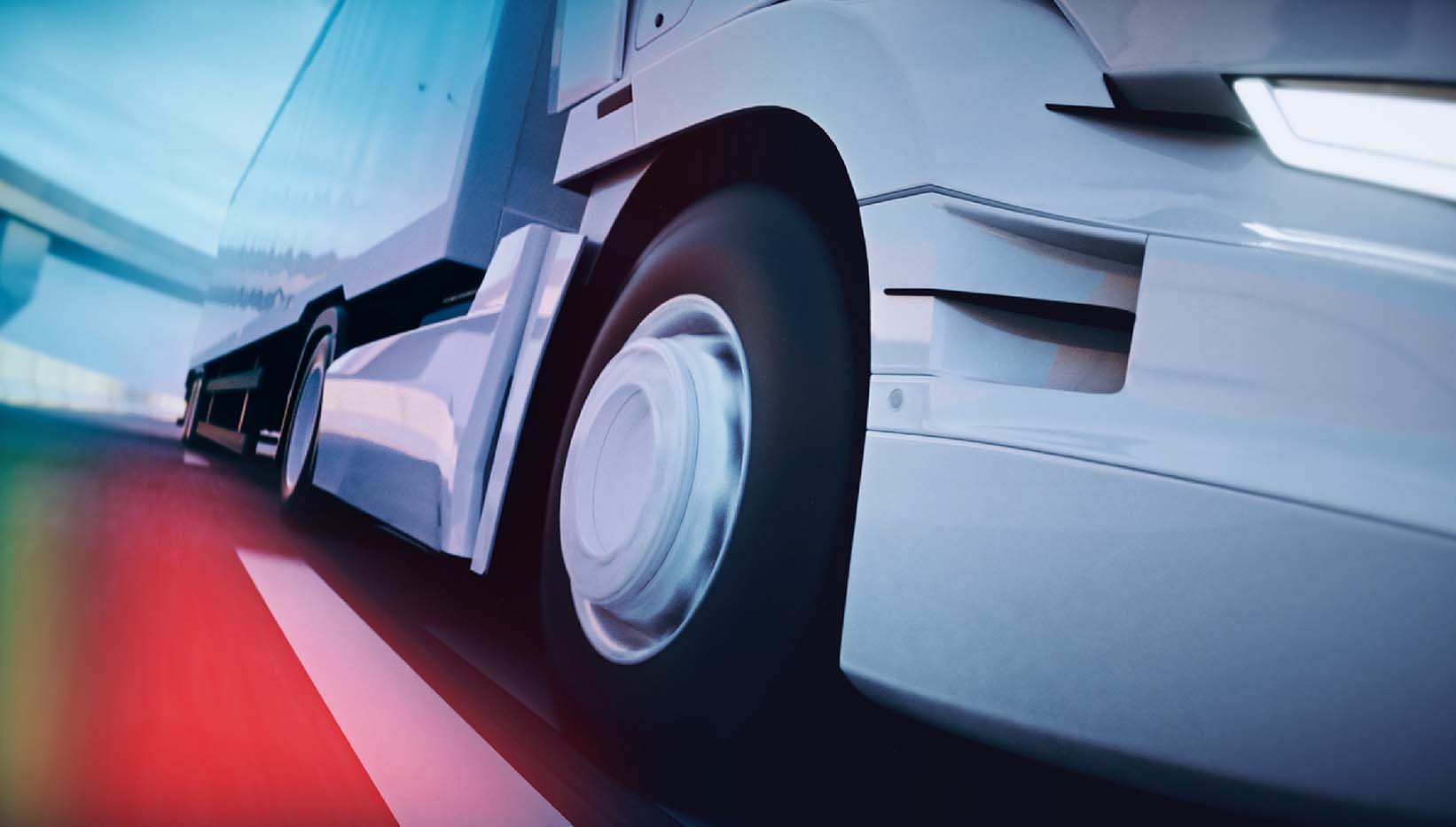
Transport For London introduced the Direct Vision Standard (DVS), enforced since March 1st, 2021. If your vehicle, exceeding 12 tonnes, does not meet the prescribed safety level, denoted as a star rating, you must ensure your vehicle is equipped with a Safe System and obtain an HGV Safety Permit for operations within Greater London. Failure to comply could result in penalties of up to £550 per day. It’s crucial to note that the DVS regulations are now being replaced by the Progressive Safety System (PSS) legislation starting from October 27th, 2024. To learn more about these changes, click this link. Fleet Witness can assist you in navigating the process, ensuring compliance, and avoiding fines. We also offer broader advice on measures to provide a return on investment beyond meeting the minimum requirements.
We are always happy to talk about your requirements and any specific issues you may be facing. Our sales consultants will put together a bespoke solution to suit your business.
Call 0203 897 3600 or Click the ‘Work With Us’ button
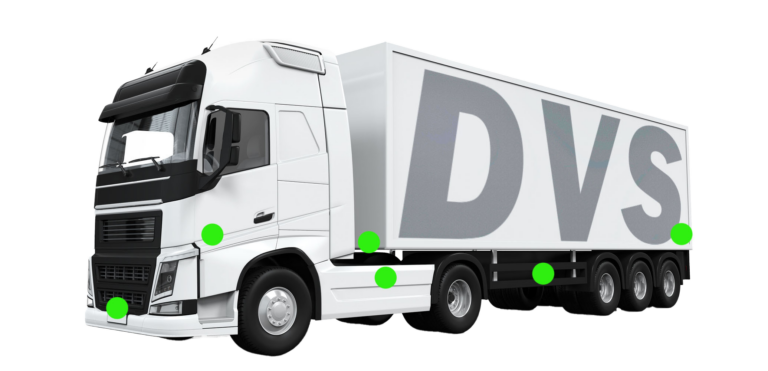
From 2024, all vehicles over 12 tonnes travelling into Greater London will now be required to achieve a minimum 3 star rating, an increase from the 1 star rating currently required.
The upcoming changes to the Direct Vision Standard (DVS) for 2024 are quite significant. Starting on October 24, 2024, HGVs weighing over 12 tonnes with a safety rating of less than 3 stars will need to have extra safety gear installed. This is a big expansion from the previous DVS, which only applied to vehicles with less than 1 star. Importantly, as of midnight on October 27, 2024, all previous DVS permits will become invalid, meaning vehicles with a DVS rating of 0 to 2 stars must upgrade their safety equipment to meet the new Progressive Safe System.
To meet the DVS 2024 requirements for 0 to 2 star-rated vehicles, the Progressive Safe System is a must. These systems are designed to improve a driver’s ability to see vulnerable road users in blind spots and reduce false alarms. Smart systems will only issue warnings when there’s a real risk to pedestrians or cyclists, ignoring things like street signs, other vehicles, or road furniture. They should also have different warning levels around the vehicle, from potential danger to an imminent collision. Alerts will notify both the driver inside the vehicle and the vulnerable road user outside who’s detected in the danger zone. One of the biggest changes from the old DVS is that it now requires the detection of Vulnerable Road Users (VRUs) in the front blind spots, known as Moving Off Information Systems (MOIS).
We are always happy to talk about your requirements and any specific issues you may be facing. Our sales consultants will put together a bespoke solution to suit your business.
Call 0203 897 3600 or Click the ‘Work With Us’ button
This is the first step in determining the equipment you will need. You can contact your vehicle manufacturer, or simply send us a fleet list, and we’ll complete this work for you free of charge.
Over the last 2 years, Fleet Witness has designed and tested our own Blind Spot Detection kit. We have assembled packages ranging from the minimum required to achieve DVS compliance to solutions that go a step further, offering a better return on investment for your fleet.
After installing your equipment, you will need to provide photos and complete the application form. If Fleet Witness has installed the equipment, we will provide photos and assist in preparing your HGV Safety Permit application for submission to Transport For London.
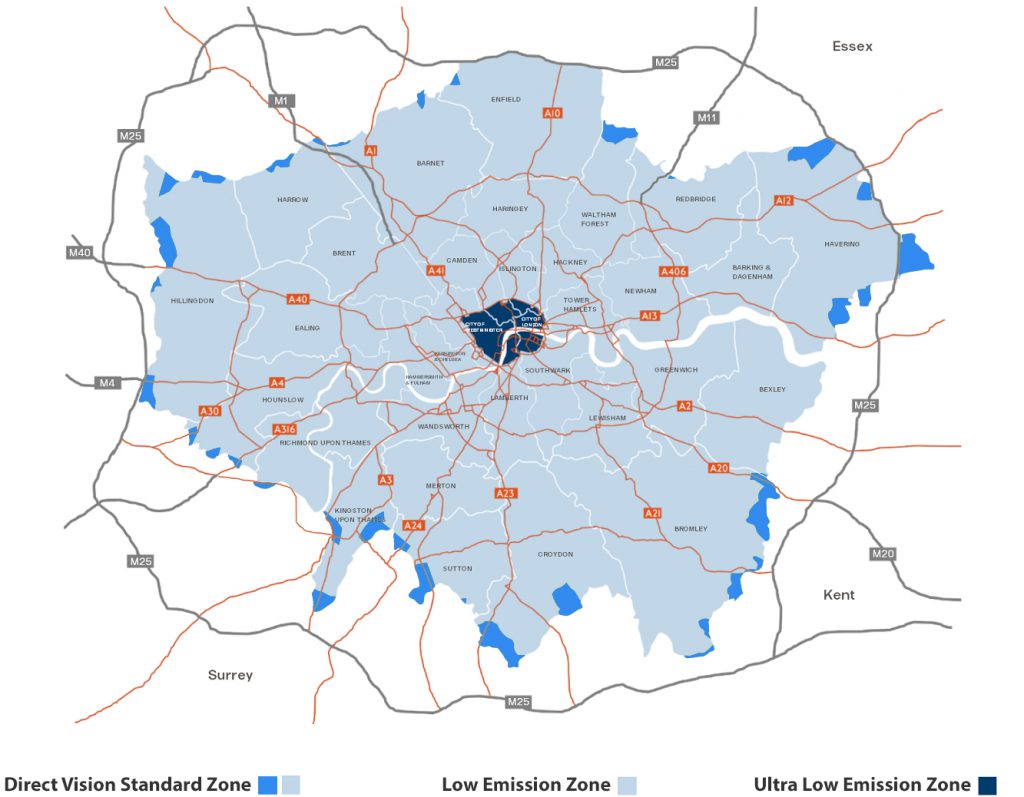
The score system bases on the driver’s direct visibility while sitting in the driving seat. If your vehicle scores zero stars, you will need to fit a Safe System. As you can see below, most trucks currently on the road fall into this category.

LWC Drinks The largest independent wholesaler of beers, wines and
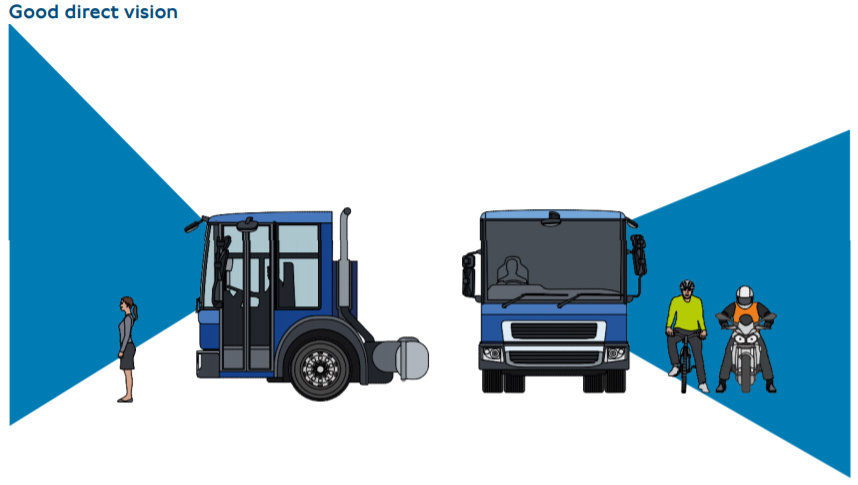

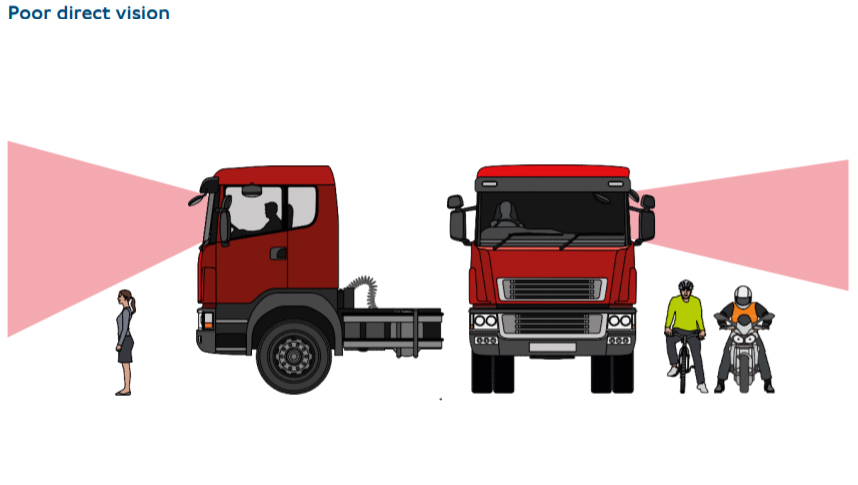
| Category | Description |
| A | Zero Star Eye Point |
| B | One Star Eye Point |
| C | Two Star Eye Point |
| D | Three Star Eye Point |
The score system is based on the drivers direct visibility whilst sat in the driving seat. If your vehicle scores zero stars then you will be required to fit a Safe System. As you can see below most trucks currently on the road will fall into this category.

| Category | Description |
| A | Zero Star Eye Point |
| B | One Star Eye Point |
| C | Two Star Eye Point |
| D | Three Star Eye Point |


The score system is based on the drivers direct visibility whilst sat in the driving seat. If your vehicle scores zero stars then you will be required to fit a Safe System. As you can see below most trucks currently on the road will fall into this category.

| Category | Description |
| A | Zero Star Eye Point |
| B | One Star Eye Point |
| C | Two Star Eye Point |
| D | Three Star Eye Point |


A Class V mirror must be fitted to the nearside of the vehicle.
A Class VI mirror must be fitted to the front of the vehicle.
Fit side under-run protection to both sides of the vehicle (except where this is impractical or proves to be impossible).
External pictorial stickers and markings must be displayed on vehicles to warn vulnerable road users of the hazards around the vehicle.

A sensor system that alerts the driver to the presence of a vulnerable road user must be fitted to the nearside of the vehicle.

Audible vehicle manoeuvring warning must be fitted to warn vulnerable road users when a vehicle is turning left.

A fully operational camera monitoring system must be fitted to the nearside of the vehicle.


The Safe System is a series of vehicle
safety measures (fitted after point of
manufacture) which are designed to
reduce the risks that HGVs present to
people walking and cycling.
Yes, it is unlawful to operate a HGV over 12T within Greater London since the 1st March 2021. Doing so could result in fines of up to £550 per day.
No, the camera is not required to record under the terms & conditions of the DVS. However, we suggest that while you have gone to the expense of installing the camera, it would be advantageous to pair it with a front-facing camera and have both recording.
You can apply to TfL, there is no charge for the application itself. Fleet Witness can help with this process.
No, not currently.
TfL has the ability to revoke Safety Permits if they find you are in breach of the conditions. Therefore, it is crucial that the system works correctly. Fleet Witness’ Blind Spot Detection kits feature a remote health check function. If the equipment is linked with one of our live platforms, it will notify you if a sensor fails.
The minimum equipment required will take 3-4 hours to install, depending on the vehicle.
Yes, the equipment installed will also be relevant for FORs silver certification but only if a reverse alarm is also present.
